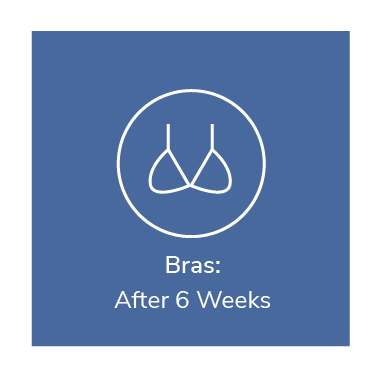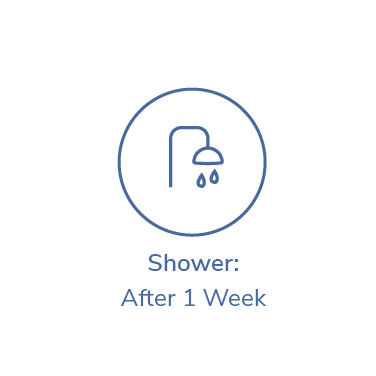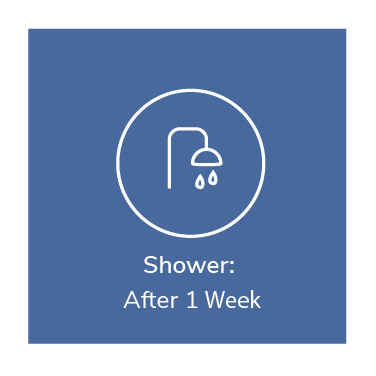




















WHAT IS A DERMAL FILLER?
Dermal fillers are a type of non-surgical cosmetic procedure used to enhance facial features, restore volume, and reduce the appearance of wrinkles and fine lines. During the dermal filler procedure, a gel-like substance, typically composed of hyaluronic acid, is injected into specific areas of the face. The filler adds volume, fills in wrinkles and lines, and can help contour and shape facial features.
Dermal fillers are commonly used to address various concerns, including:
1. Wrinkle reduction: Fillers can be used to soften the appearance of wrinkles, such as smile lines (nasolabial folds), marionette lines, and vertical lip lines.
2. Lip augmentation: Fillers can enhance the size, shape, and symmetry of the lips, creating a fuller and more defined lip contour.
3. Cheek augmentation: By injecting fillers into the cheeks, volume loss can be addressed, restoring a more youthful and lifted appearance.
4. Tear trough treatment: Fillers can be used to diminish the appearance of hollows or dark circles under the eyes, known as tear troughs.
5. Jawline definition: Fillers can help contour and define the jawline, providing a more sculpted and balanced facial profile.
The candidacy for dermal filler procedures can vary depending on individual factors and desired outcomes. Generally, suitable candidates for dermal fillers include:
Individuals with visible signs of aging: Dermal fillers can effectively address wrinkles, lines, and volume loss associated with aging, making them a suitable option for those looking to rejuvenate their appearance.
Individuals with specific aesthetic concerns: Dermal fillers can be used to enhance facial features, such as lips or cheeks, or to improve specific areas like tear troughs or jawline definition. Candidates seeking improvement in these areas may be suitable for dermal filler treatments.
Generally healthy individuals: It is important to be in good overall health with no active infections or skin conditions at the time of the procedure. Candidates should also disclose any relevant medical history, including allergies or previous adverse reactions to dermal fillers.
Realistic expectations: Candidates should have realistic expectations about the outcomes of the procedure. While dermal fillers can provide significant improvements, they may not achieve the same results as surgical interventions or completely eliminate all signs of aging.
Those seeking non-surgical options: Dermal fillers are often sought by individuals who prefer non-surgical procedures and want to avoid the risks, downtime, and recovery associated with surgical interventions.
Dermal fillers can enhance your appearance in several ways, offering a non-surgical solution to address various concerns. Here are some ways dermal fillers can help enhance your overall look:
Wrinkle reduction: Dermal fillers can effectively reduce the appearance of wrinkles and fine lines, such as nasolabial folds (smile lines), marionette lines, and vertical lip lines. By filling in these creases, the skin appears smoother and more youthful.
Restoring volume: As we age, our skin naturally loses volume, leading to a sunken or hollow appearance. Dermal fillers can replenish lost volume in areas like the cheeks, temples, and under the eyes, creating a more youthful and plump look.
Lip augmentation: Dermal fillers can add volume and definition to the lips, creating a fuller and more balanced appearance. Whether you desire a subtle enhancement or a more pronounced pout, dermal fillers can help achieve your desired lip shape and size.
Contouring and sculpting: Dermal fillers can be used to enhance facial contours and create more defined features. This includes contouring the jawline, improving cheekbone structure, or filling in areas of facial asymmetry.
Tear trough treatment: The tear trough area, which is the hollow or dark circles under the eyes, can make you appear tired or aged. Dermal fillers can be used to rejuvenate this area, reducing the appearance of hollows and restoring a fresher, more rested look.
It’s important to note that the effects of dermal fillers are temporary, typically lasting several months to over a year, depending on the specific filler used. Maintenance treatments may be required to sustain the desired results.
During the treatment of dermal fillers, you can generally expect the following steps:
Consultation: You will have an initial consultation with a qualified healthcare professional or cosmetic surgeon to discuss your goals, assess your concerns, and determine the most suitable dermal filler treatment plan for you. They will explain the procedure, potential outcomes, and address any questions or concerns you may have.
Preparing the treatment area: Before the procedure begins, the treatment area will be cleansed and, if necessary, a topical anesthetic or numbing cream may be applied to minimize any discomfort.
Injection of the dermal filler: Using a fine needle or a blunt-tipped cannula, the healthcare professional will carefully inject the dermal filler into the predetermined areas of your face. They will consider your unique facial anatomy and desired results to achieve optimal placement and natural-looking outcomes. Multiple injections may be performed to ensure even distribution of the filler.
Monitoring and adjusting: Throughout the injection process, the healthcare professional will monitor your facial response and make any necessary adjustments to ensure symmetry and desired outcomes.
Post-treatment assessment and advice: After the injections are completed, the healthcare professional will assess the results and provide you with post-treatment instructions. These may include recommendations for gentle facial massage, avoiding certain activities or products, and the application of ice or cold packs to minimize swelling or bruising.
Recovery and results: Dermal filler treatments typically have minimal downtime. You may experience some swelling, redness, or bruising at the injection sites, but these side effects are generally temporary and can be easily concealed with makeup if desired. The full results of the treatment will gradually become visible as any initial swelling subsides, revealing a smoother, more rejuvenated appearance. Results can vary depending on the type of filler used and individual factors, but they often last several months to over a year.
It’s important to follow all post-treatment instructions provided by your healthcare professional and schedule any recommended follow-up appointments to ensure optimal results and address any concerns that may arise.



WHAT they say
Before the treatment I was always bullied about my lopsided face and bad skin condition. Thank you!
virginia hudson
Beauty has so many forms, and I think the most beautiful thing is confidence and loving yourself.
Kiesza
I had the most amazing experience, from the moment I walked in to the moment I walked out I was cared for with such compassion. All the nurses were amazing, they tucked me in bed, they poured my tea, I cannot fault them. It was like being looked after by family. My anesthetist and surgeon explained everything in detail, I knew exactly what to expect. I would definitely stay here again.
Laura
I was really pleased with the care and treatment that I received at Welbeck Hospital. My surgeon was kind and informative and explained the entire procedure to me. I recovered completely fast. I would recommend it to everyone.
Eva Elliot
FAQS
Dermal fillers are injectable substances, typically made of hyaluronic acid, used to restore volume, reduce wrinkles, and enhance facial contours.
Dermal fillers work by adding volume to the targeted areas of the face, filling in wrinkles or hollows and providing a more youthful and rejuvenated appearance.
Dermal fillers have been extensively studied and are considered safe when administered by a qualified healthcare professional. However, there can be potential risks and side effects, which can be minimized by choosing an experienced injector.
The duration of dermal fillers varies depending on the specific filler used and individual factors. Generally, results can last from several months to over a year before a touch-up or maintenance treatment may be needed.
Some dermal fillers, particularly those made of hyaluronic acid, can be reversed or dissolved using an enzyme called hyaluronidase. This can be helpful if adjustments or corrections are desired.
Discomfort during dermal filler injections is usually minimal. Many fillers contain lidocaine, a local anesthetic, to help numb the treatment area. Additionally, healthcare professionals can use topical numbing creams or ice to further minimize discomfort.
Downtime is typically minimal with dermal fillers. You may experience some swelling, redness, or bruising at the injection sites, but these side effects usually resolve within a few days. Most individuals can resume normal activities immediately after the procedure.
Yes, dermal fillers can often be combined with other cosmetic treatments such as botulinum toxin injections (Botox®), chemical peels, or laser therapies for a comprehensive facial rejuvenation approach. Your healthcare professional can advise on the best combination for your specific needs.







